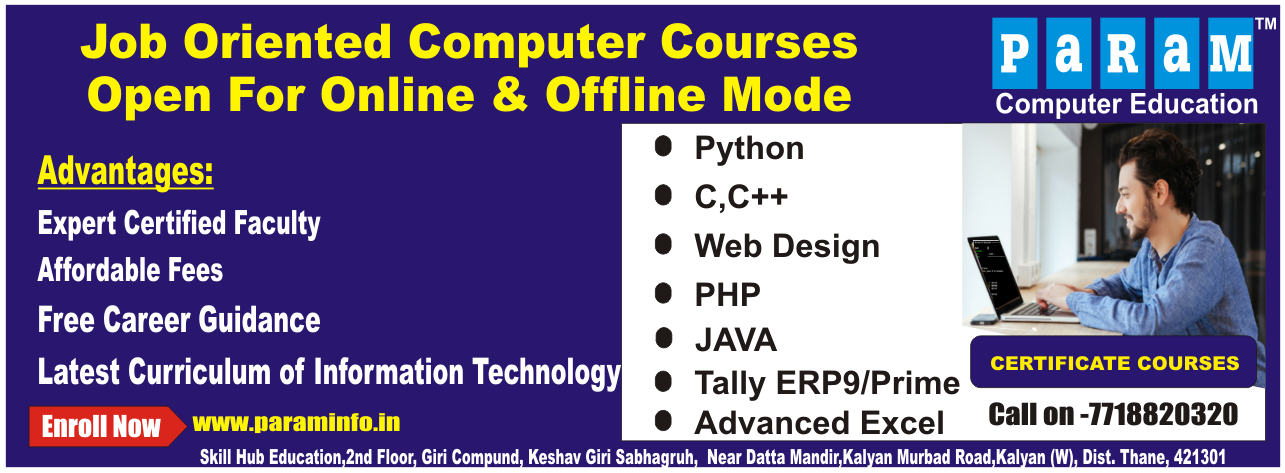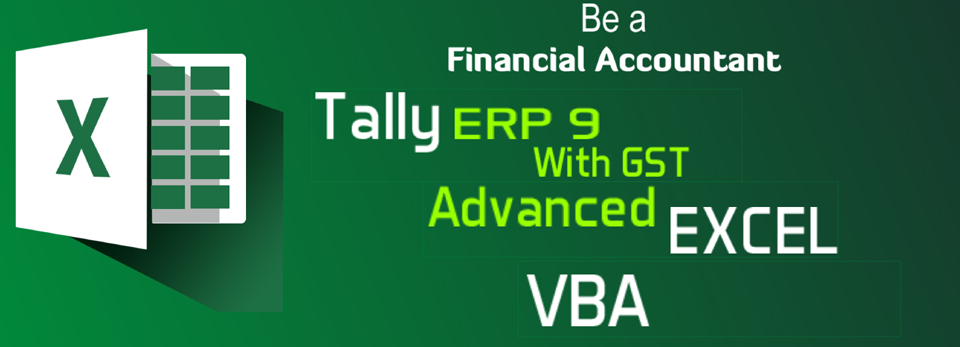C Programming course Training Institute in Kalyan-Param Computer Education.
The software world requires languages that can interact with hardware. At the same time these languages should be portable so that they can be used on different platforms. Most of the languages either provide the power to control hardware or are flexible but C language provides both the features. This module will enable a learner to implement C programming to solve a given programming problem
C Programming
Duration: 1.5 MonthsLearning Objectives
-
Introduction to flowchart & Concept Of Programming Languages &
Generations
- Concept of problem solving, Problem definition, Program design Flowcharting, decision table, algorithms, Structured programming concepts
- History of C
- C Basics
- C character set, tokens, constants, variables, keywords, identifiers
- C operators- arithmetic, logical, assignment, relational, increment and decrement, conditional, bit wise, special, operator precedence, C expressions data types.
- Problem solving techniques: flowchart and algorithm
- Formatted input, formatted output instructions
- Decision making and branching if-statement – if, if-else, else-if ladder, nested if else, switch case statement, break statement
- Decision making and looping - while, do, do- while statement , for loop, continue statement
- Arrays Declaration and initialization of one dimensional, two Dimensional and character arrays, accessing array elements.
- Declaration and initialization of string variables, string handling functions from standard library – strlen(), strcpy(), strcat(), strcmp()
- Need of functions, scope and lifetime of variables, defining functions, function call, call by value, call by reference, return values, storage classes. category of function - No argument No return value, No argument with return value, argument with return value, recursion, command line Arguments
- Understanding pointers, declaring pointer variable, initialization of pointer variable, accessing address of a variable, pointer expressions, Pointers arithmetic
- Structures: - Defining structure, declaring and accessing structure members, initialization of structure, arrays of structure, Difference between array and structure.
- Union : Defining Union, declaring and accessing union members, Difference between structure and union
- High Level Input/Output Functions o Unformatted high level file input output (text mode) o Formatted Disk I/O functions.
- Random File Access
- Command Line Arguments







 1
1 2
2 3
3 4
4 5
5 6
6